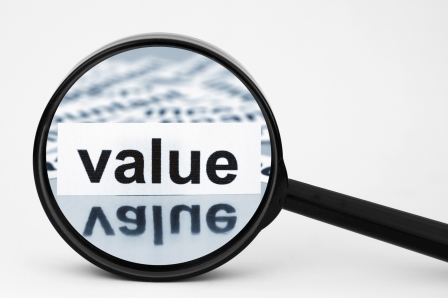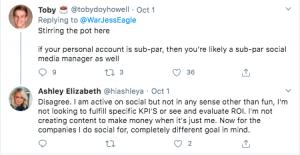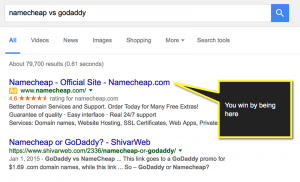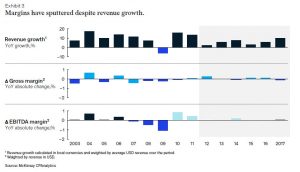My last post was prompted by this question from Jim, “How do I know my efforts on social media are working, or am I just spinning my wheels?” As a struggling entrepreneur, Jim wanted to know how to measure the ROI on his social media marketing. I discussed the first four metrics in part one and today I will cover the remaining five.
Rate of Applause

What?! This is written content, why are you talking about applause? It might sound funny but it is possible. The standing ovation after a speech would be a sign that your job is well done. When it comes to your social media, the rate of conversion and share (applause) would aid you in measuring the content quality.
You may also use the data from Google Analytics to measure your content’s quality. When there is a new post on your website, you have to check the page views count. Also, you need to be mindful of the time of day you receive the most visitors. When these numbers go up, you can say that you are progressing, the content’s quality is high and people visited your website to get information.
Conversion share
This is a metric that will take some research to compute for your social media marketing. Breaking it down to the simplest explanation, it is comparing your conversion rates with your competitors’ conversation rates. When you do this you can see what part of your targeted audience you are reaching and also see who your competitors are reaching. If you keep track of it over time and you see your conversion share decreasing, you know you need to reevaluate. You can also use this when analyzing your competition. What are they doing that attracts customers? Is this something you can do better or different?
Sentiment
Social media is influenced by the sentiments of the audience. To measure the sentiment accurately, you should do it manually. This is the labor intensive process which includes the sorting of your posts. It also involves determining if the feedback obtained is positive or negative.
Economic value

Most businesses use social media to generate sales, leads, and profits. This is where the rubber meets the road. You can begin by simply tracking the total number of conversions obtained from the online users who visited your website via your social media platforms. But you need to take it another step and track the total rate of conversion. Next, you need to factor in the cost of customer acquisition. This will help you determine the economic value of social media marketing.
All of these metrics should be in your social media marketing toolbox. You can use these to determine how well your marketing plan is working and where you need to do things better or do things differently to get your maximum return on investment.
Digital & Social Articles on Business 2 Community(28)
Report Post






